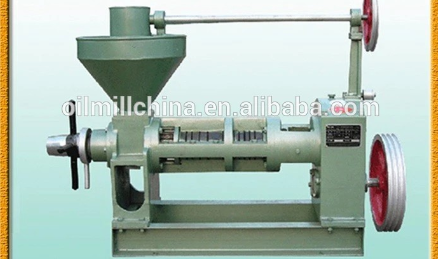Sep . 22, 2024 18:30 Back to list
edible oil production line product
Understanding Edible Oil Production Lines
The edible oil industry plays a significant role in the global food market, providing essential cooking oils derived from various plant sources. With the growing demand for edible oils worldwide, understanding the production line for these products is crucial for manufacturers striving to optimize operations and enhance product quality.
The production of edible oil generally involves several key stages, including seed selection, cleaning, extraction, refining, and packaging. Each stage is essential in ensuring high-quality oil that meets regulatory standards and consumer preferences.
Seed Selection
The process begins with the selection of seeds, which are the primary raw materials. Common sources include soybeans, sunflower seeds, canola, palm fruit, and olives. The quality of the seeds significantly influences the final product. Producers often opt for high-yield and disease-resistant varieties to ensure maximum oil production and maintain sustainability.
Cleaning
Once the seeds are acquired, the next step is cleaning. This involves removing impurities such as dirt, stones, and other foreign materials that could affect the oil quality. Cleaning typically employs a series of mechanical processes like screening and air classification, which ensure that only the purest seeds proceed to the extraction phase.
Extraction
edible oil production line product

The extraction process is where the oil is physically separated from the seeds. Two main methods dominate this stage mechanical pressing and chemical extraction. Mechanical pressing, often referred to as expeller pressing, uses mechanical force to extract the oil, preserving more nutrients. On the other hand, chemical extraction uses solvents, usually hexane, to maximize yield. While this method can be more efficient, it requires additional refining steps to remove the solvent from the final product.
Refining
Refining is critical to enhance the oil's quality, flavor, and shelf life. Crude oil extracted from seeds often contains impurities, including free fatty acids, waxes, and phospholipids, which need to be removed. The refining process typically involves degumming, neutralization, bleaching, and deodorization. Each of these steps serves a specific purpose degumming removes phospholipids, neutralization reduces acidity, bleaching removes color pigments, and deodorization eliminates unpleasant odors.
Packaging
After refining, the oil is ready for packaging. This stage is essential to safeguard the oil from oxidation and spoilage. Packaging materials are chosen based on their ability to protect the oil from light, air, and moisture. Common packaging options include glass bottles, plastic containers, and metal tins. Moreover, labeling plays a significant role in marketing, providing vital information about the oil's source, nutritional content, and usage guidelines.
Conclusion
The edible oil production line is a multi-faceted process that requires attention to detail and adherence to quality standards at every stage. From selecting the right seeds to final packaging, each step impacts the overall quality and marketability of the oil produced. As the demand for healthy and sustainable edible oils continues to rise, embracing technology and innovation in production lines will be vital. Manufacturers who invest in efficient processes, quality assurance, and eco-friendly practices will not only meet consumer expectations but also contribute positively to the environment.
-
High-Efficiency Peanut Oil Refined Machine for Quality Oil Production Leading Exporters & Companies
NewsJul.08,2025
-
High Efficiency Sunflower Seed Oil Press – Leading Cooking Oil Press Machine Factories & Suppliers
NewsJul.08,2025
-
High-Efficiency Soybean Oil Press Machine – Leading Exporters & Reliable Companies
NewsJul.07,2025
-
High-Efficiency Seed to Oil Extractor – Reliable Extraction Machinery for Your Business
NewsJul.07,2025
-
High-Quality Pressing Screw of Oil Expeller for Efficient Oil Extraction Leading Exporters & Manufacturers
NewsJul.06,2025
-
High-Efficiency Essential Oil Extraction Machine Trusted Exporters & Companies
NewsJul.06,2025
